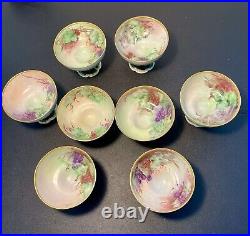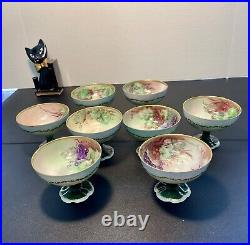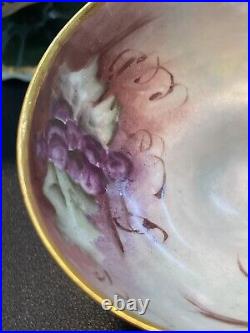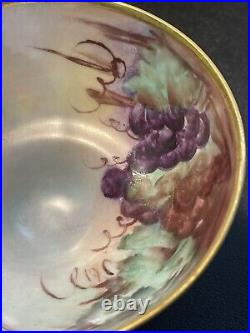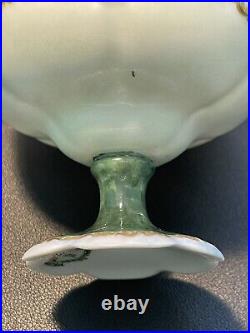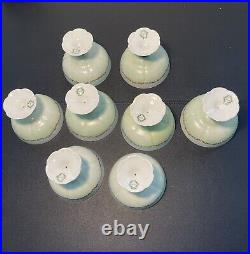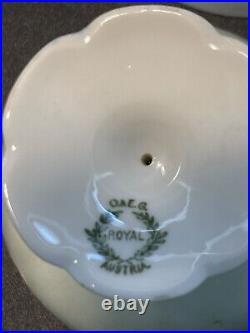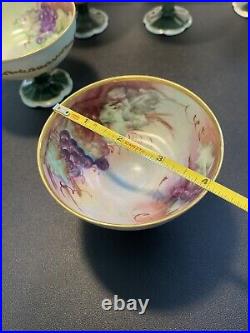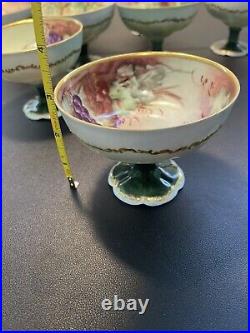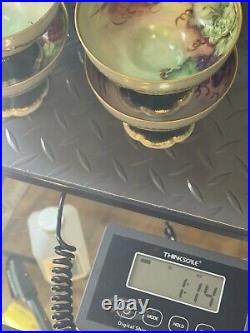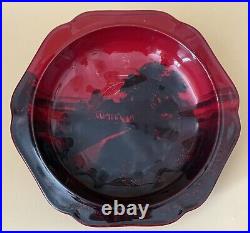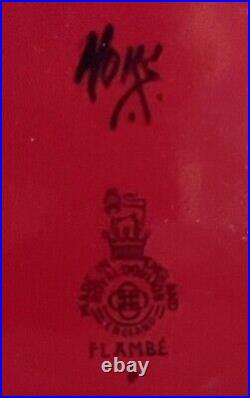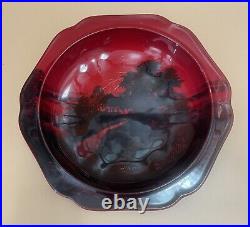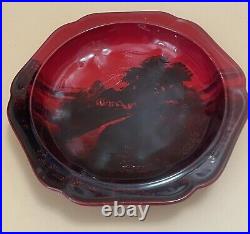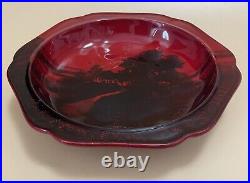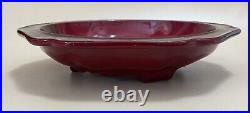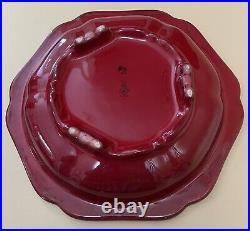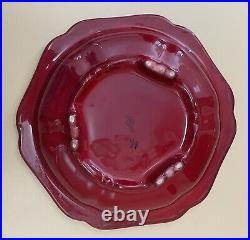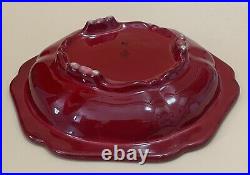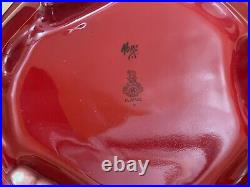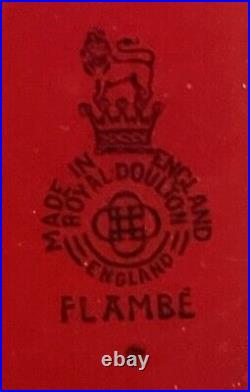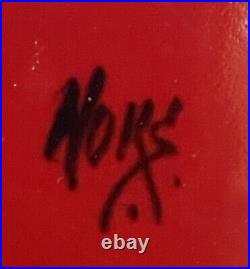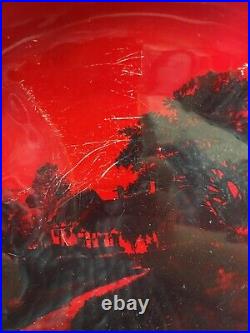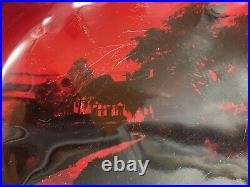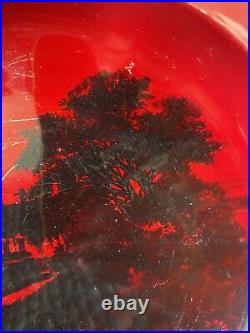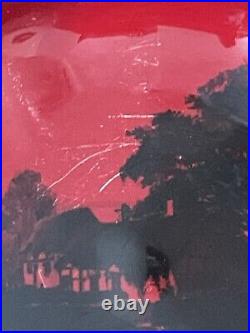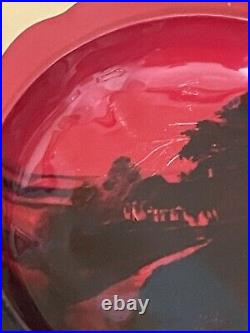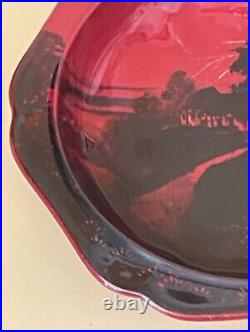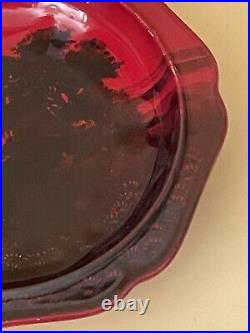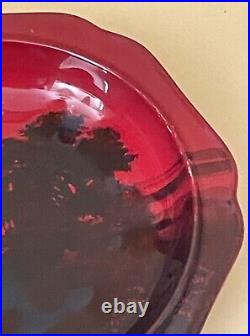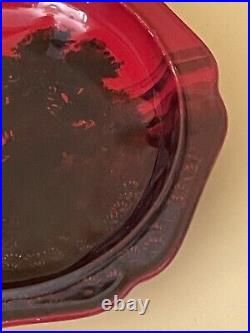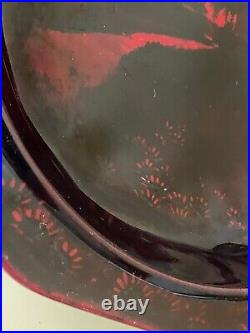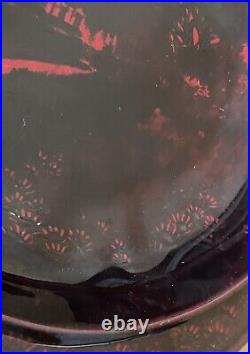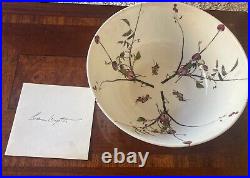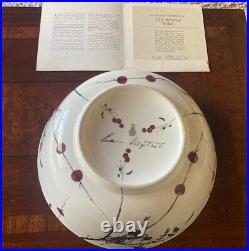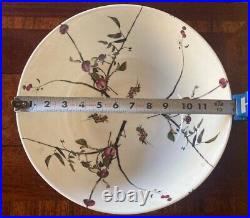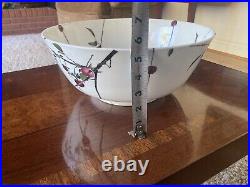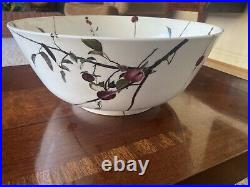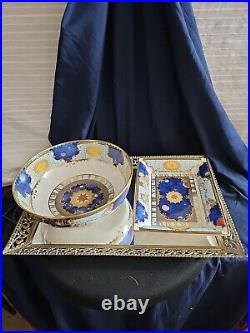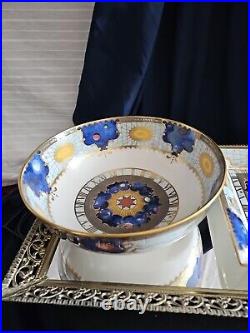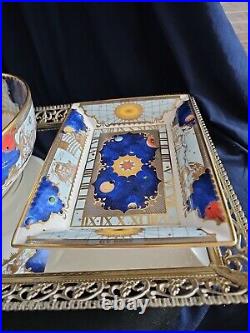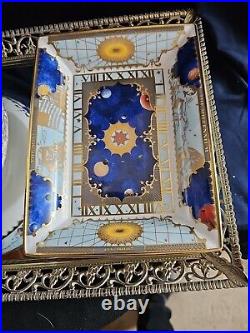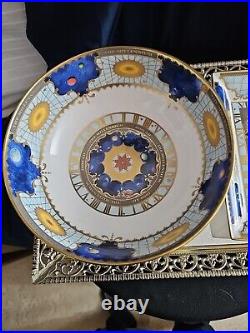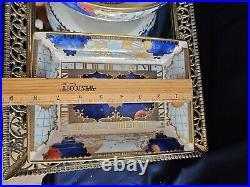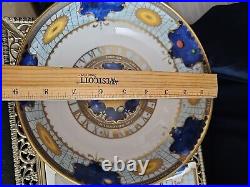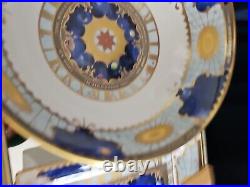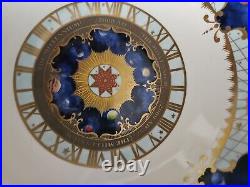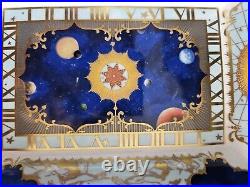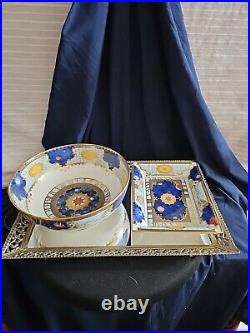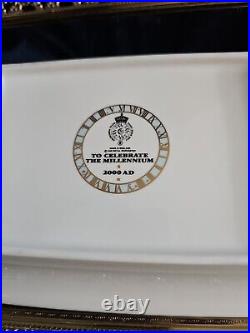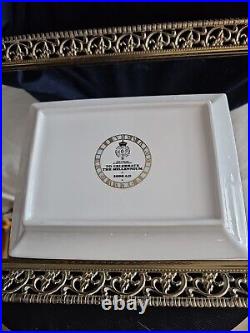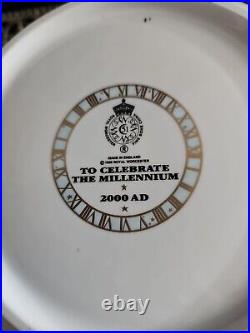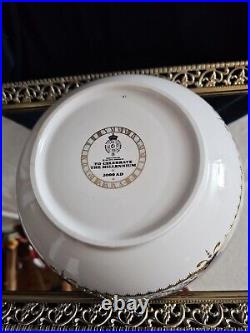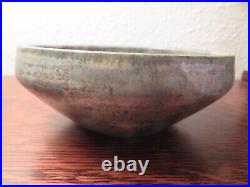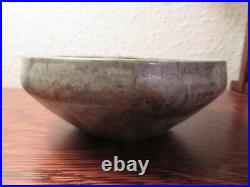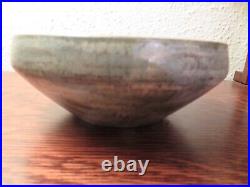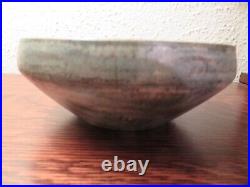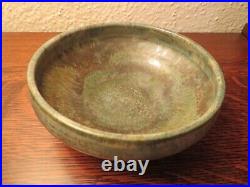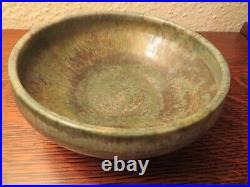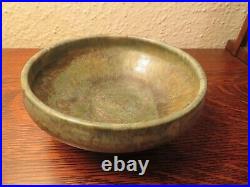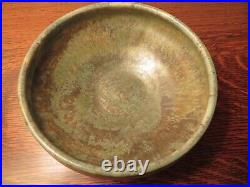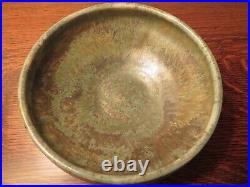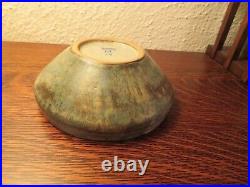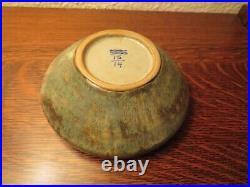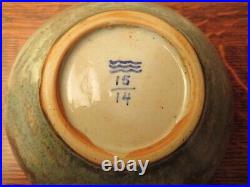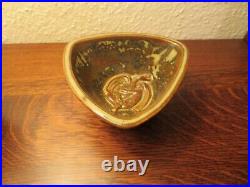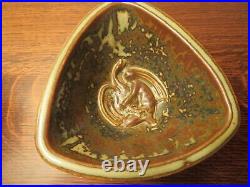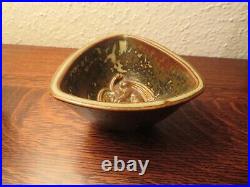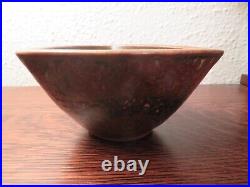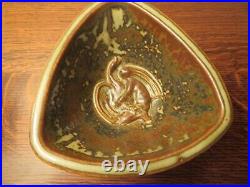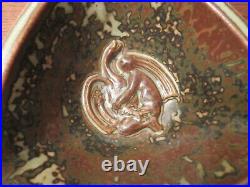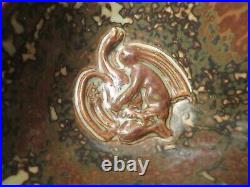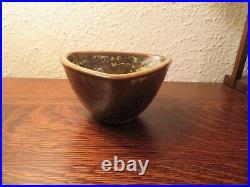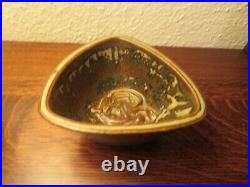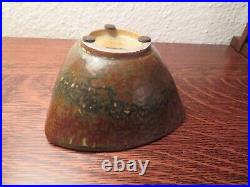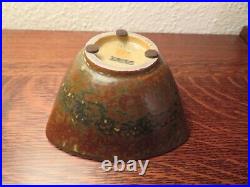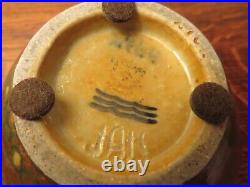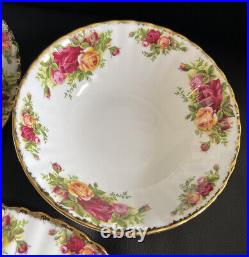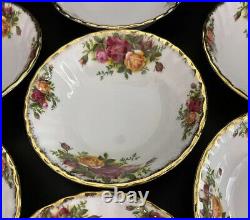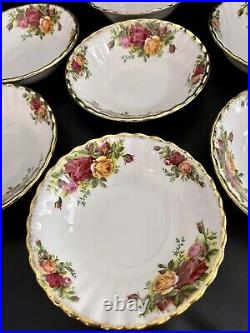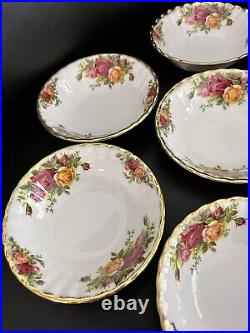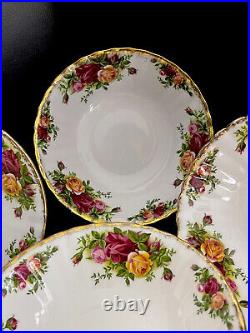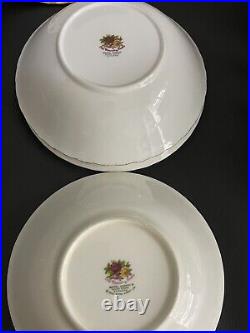Royal Copenhagen MCM Stoneware: Jais Nielsen, Sung Glazed Bowl, Leda & Swan. It was really only with the arrival in 1911 at Royal Copenhagen of the Swede Patrick Nordstr. Patrick Nordström was born in. Väsby, outside Höganäs, a major Swedish pottery center. He was the son of a master carpenter and trained as a woodcarver and sculptor. After completing his studies in Stockholm, he spent five years traveling in Europe, starting in Berlin and going on to Venice and Paris. Before leaving Paris, he. Worked as a stucco and ornament sculptor in the construction of buildings for the 1900 Paris Exhibition Universelle, where he is reported to have been impressed by the work of a new generation of French stoneware artists, including Carries, Chaplet, Delaherche and Dalpayrat. Inspired and determined to bring the art of stoneware manufacture to Denmark. Nordström took up residence in Copenhagen, where he initially resumed his profession as an ornament sculptor. In his spare time he began to experiment with ceramic works, a field in which he was entirely self-taught, in a self-built kiln in the basement of his home in Fredriksberg. In 1911, he produced his first pieces in stoneware in a kiln in the garden of his villa in Vanl. Se, where he also fired works for other artists, including Knud Kyhn and J. Nordström drew his inspiration from the Chinese and Japanese influences on French stoneware artists. Nordström’s production soon attracted the interest of Arnold Krog at Royal Copenhagen, and he began work there in 1912, initially to develop stoneware glazes. He was to remain at Royal Copenhagen for ten years, eventually assuming overall responsibility for its stoneware production. Nordström left Royal Copenhagen in 1922 to establish his own workhop in Islev, but only after leaving a legacy of technical innovation in glazes, his own body of studio stoneware inspired by Japanese and Chinese art, and a group of trained collaborators to carry on Royal Copenhagen’s stoneware tradition. His matte crystaline glazes, inspired by those developed in the far east, were continued and perfected by fellow Royal Copenhagen artists Carl Halier, Axel Salto and Nils Thorsson. The Sung Glaze is among Royal Copenhagen’s signature glazes, developed by Patrick Nordström, in collaboration with Carl Halier, who went on to become a Royal Copenhagen artist in his own right. But what is the Sung glaze and does it have a specific antecedent in Chinese ceramics? The Sung glaze demonstrates a high degree of variability dependent on the clay bodies used, firing temperatures, kiln types and other factors. What Royal Copenhagen Sung stoneware has in common, in the hands of many artists over at least five decades, is a restrained palette of mottled colors, dominated by browns, beiges and greens, sometimes with hints of blue and golden/yellow tones. While this glaze is certainly inspired by Chinese Sung Dynasty ceramics, as its name suggests, I have not been able to identify a specific glaze antecedent that Nordström was attempting to mimic, unlike other glazes such as Oxblood. While further research may shed light on this question, there are some types of Chinese ware that may have provided Nordström’s inspiration. Perhaps the best example is Jizhou ware. From Yonghe town in Jiangxi province in southern China. The Jizhou kilns made a number of different types of wares over five centuries of production. The best-known wares are simple shapes in stoneware with a strong emphasis on subtle effects in the dark glazes, comparable to Jian ware, from neighboring Fujian province, but often combines with other decorative effects. Was a Danish painter, designer and ceramist, best known for his use of biblical motifs in vases and sculptures designed for Royal Copenhagen. Primarily a painter and sculptor, Nielsen worked for Royal Copenhagen between 1920 and 1928 and accepted freelance commissions until his death in 1961. Nielsen’s reputation and standing at Royal Copenhagen during his tenure there in the 1920s was comparable to that of Axel Salto, one of the biggest names in Scandinavian ceramic design. Nielsen produced both studio and production pieces, frequently combining sculptural elements with ceramic throwing. While he worked for Royal Copenhagen through most of his career, he also produced objects briefly for Saxbo in the early 1930s and sporadically after that over his career. As well as statuettes, Nielsen produced ceramic wares in a wide range of shapes and monochrome glazes. Including celadon, Sung, ironstone and oxblood. Nielsen’s body of work using Royal Copenhagen’s Sung glaze is among the largest and most important of his 40-year career as a ceramics designer. Many of Jais Nielsen’s works in stoneware depict Biblical or mythological figures. This beautiful, three-sided Jais Nielsen bowl for Royal Copenhagen depicts the story of Leda and the Swan from Greek mythology. Leda was a beautiful woman, and her beauty attracted the attention of Zeus, who spied her from his throne on Mount Olympus. The beauty of Leda roused Zeus to action, and he transformed himself into a beautiful swan. In the form of the swan. Zeus seduced or raped Leda on the same night that she. Slept with her husband King Tyndareus, the King of Sparta. According to later Greek mythology, Leda bore Helen and Polydeuces, children of Zeus, while at the same time bearing Castor and Clytemnestra, children of her husband. In addition to the modeled decoration of Leda and the Swan in the bottom of the bowl, this piece carries an exceptionally beautiful example of Royal Copenhagen’s Sung glaze. The Sung glaze on this piece is dominated by vivid brown tones with contrasting highlights in pale olive green, beige and black. This bowl is very well marked with the green stamped Royal Copenhagen Denmark shopmark, the artist’s incised “JAIS” signature, Royal Copenhagen’s three blue waves, and the hand-painted blue model number (2764). In addition, there is a hard-to-read incised number F134? On the base of the pot, the meaning of which I do not know. The “u” under the “E” in “DENMARK” would indicate that this piece was produced in 1958. The dimensions of this triangular-shaped bowl are approximately 5.5 inches at its widest point and about 2.75 inches high. This first quality piece is in excellent original condition, with no observed flaws. Please see the photos for further details on condition. This piece would nicely complement other Royal Copenhagen pieces I have listed with the same Sung glaze. The bulk of my collection is Danish stoneware from the 1920s into the 1970s. The bulk of my Danish collection consists of Arne Bang, Saxbo, Jais Nielsen, Nils Thorsson, Erik Hjorth, and Ejvind Nielsen. I have done extensive research on these and other artists and workshops and would be happy to share that with interested buyers. I also have substantial collections of American, French, Belgian and other 20th century northern European art pottery. Over the coming months I will be listing a wide range of pieces from my collection. Please check out my other listings and add me to your list of saved sellers to receive notification of new listings. This item is in the category “Pottery & Glass\Decorative Cookware, Dinnerware & Serveware\Bowls”. The seller is “potsandplates” and is located in this country: US. This item can be shipped to United States.
- Features: Modeled Decoration
- MPN: Model 2764
- Handmade: Yes
- Pattern: Leda and the Swan
- Time Period Manufactured: 1950-1959
- Production Technique: Pottery
- Vintage: Yes
- Era: Mid 20th Century (1941-1969)
- Country/Region of Manufacture: Denmark
- Origin: Denmark
- Material: Stoneware
- Year Manufactured: 1958
- Model: Jais Nielsen
- Product Line: Jais Nielsen
- Shape: Three-Sided Bowl
- Finish: Matte
- Production Style: Art Pottery
- Signed By: Jais Nielsen
- Brand: Royal Copenhagen
- Style: Mid-Century Modern
- Antique: No
- Color: Multi-Color
- Signed: Yes
- Original/Licensed Reproduction: Original
- Theme: Greek Mythology
- Type: Bowl
- Original/Reproduction: Vintage Original


















































